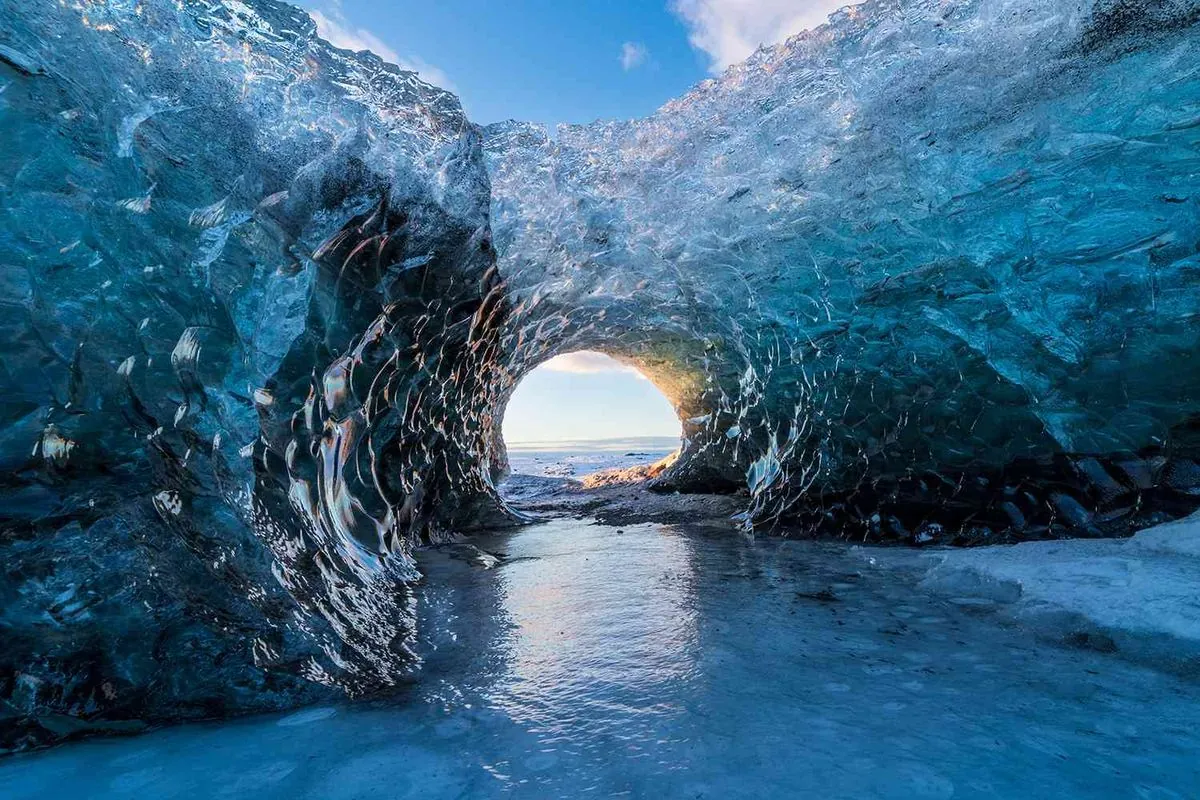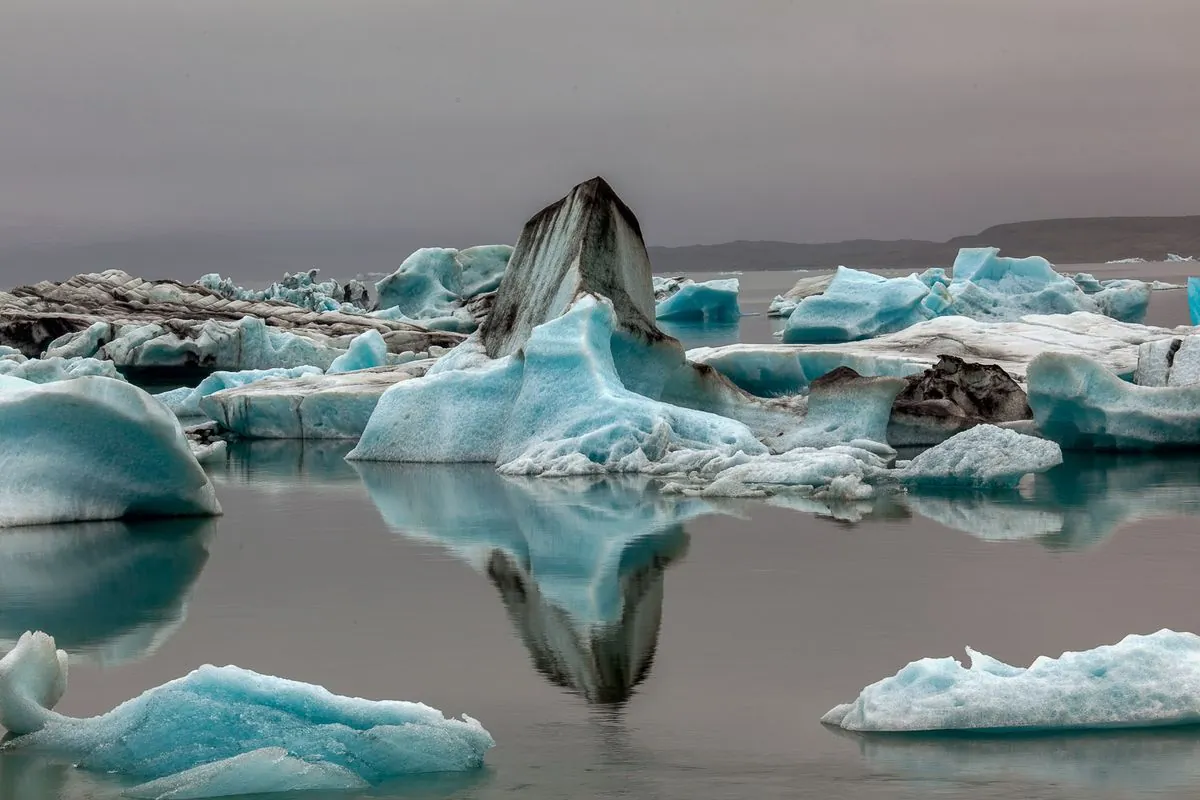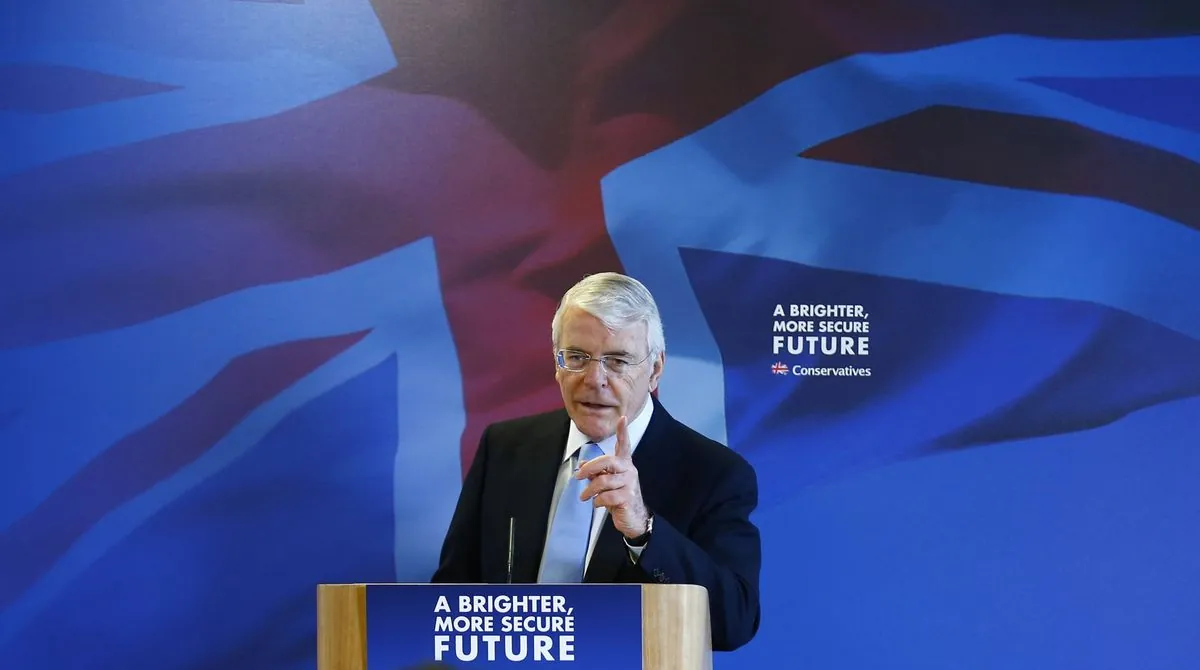Tragic Ice Cave Collapse in Iceland: One Dead, Two Missing
An ice cave collapse near Jokulsarlon in Iceland has resulted in one fatality and two missing persons. Rescue efforts continue as authorities navigate challenging conditions in the popular tourist area.

In a tragic incident at the Breidamerkurjokull glacier in southeast Iceland, an ice cave collapse has claimed one life, with two individuals still unaccounted for. The event occurred on August 25, 2024, during an organized tour involving 25 people of various nationalities.
Authorities reported that four individuals were initially trapped beneath the ice. Rescue teams managed to locate two of them, but unfortunately, one was pronounced deceased at the scene. The other survivor, transported to a hospital via helicopter, is currently in stable condition.
The collapse took place near Jokulsarlon, a glacial lagoon that has become a popular tourist destination in recent years. Jokulsarlon, which formed in the 1930s due to melting glaciers, has expanded fourfold since the 1970s, reflecting the rapid retreat of Icelandic glaciers.

Rescue operations have been challenging due to the difficult terrain and environmental conditions. A significant number of rescuers and emergency responders have been involved in the search efforts. As darkness fell on August 25, authorities made the decision to temporarily suspend the search for safety reasons, resuming operations on August 26.
Iceland, home to over 400 glaciers covering more than 10% of its landmass, has seen an increase in glacier-related tourism. Ice cave tours, particularly popular from November to March, have become a significant draw for visitors. However, these natural formations are temporary and can be hazardous, as this incident tragically demonstrates.
Breidamerkurjokull is an outlet glacier of Vatnajökull, Europe's largest ice cap. The Vatnajökull ice cap itself covers an impressive 8% of Iceland's total land area. The glacier is part of Vatnajökull National Park, established in 2008, which encompasses 14% of Iceland and holds the title of Europe's second-largest national park.
The tourism industry, accounting for approximately 10% of Iceland's GDP, faces ongoing challenges balancing visitor experiences with safety concerns. This incident serves as a stark reminder of the potential dangers associated with glacier exploration, even under guided conditions.
As rescue efforts continue, authorities are urging caution and adherence to safety guidelines for those visiting Iceland's glacial regions. The incident highlights the dynamic and potentially hazardous nature of these ice formations, which are continually shaped by climate change and natural processes.


































